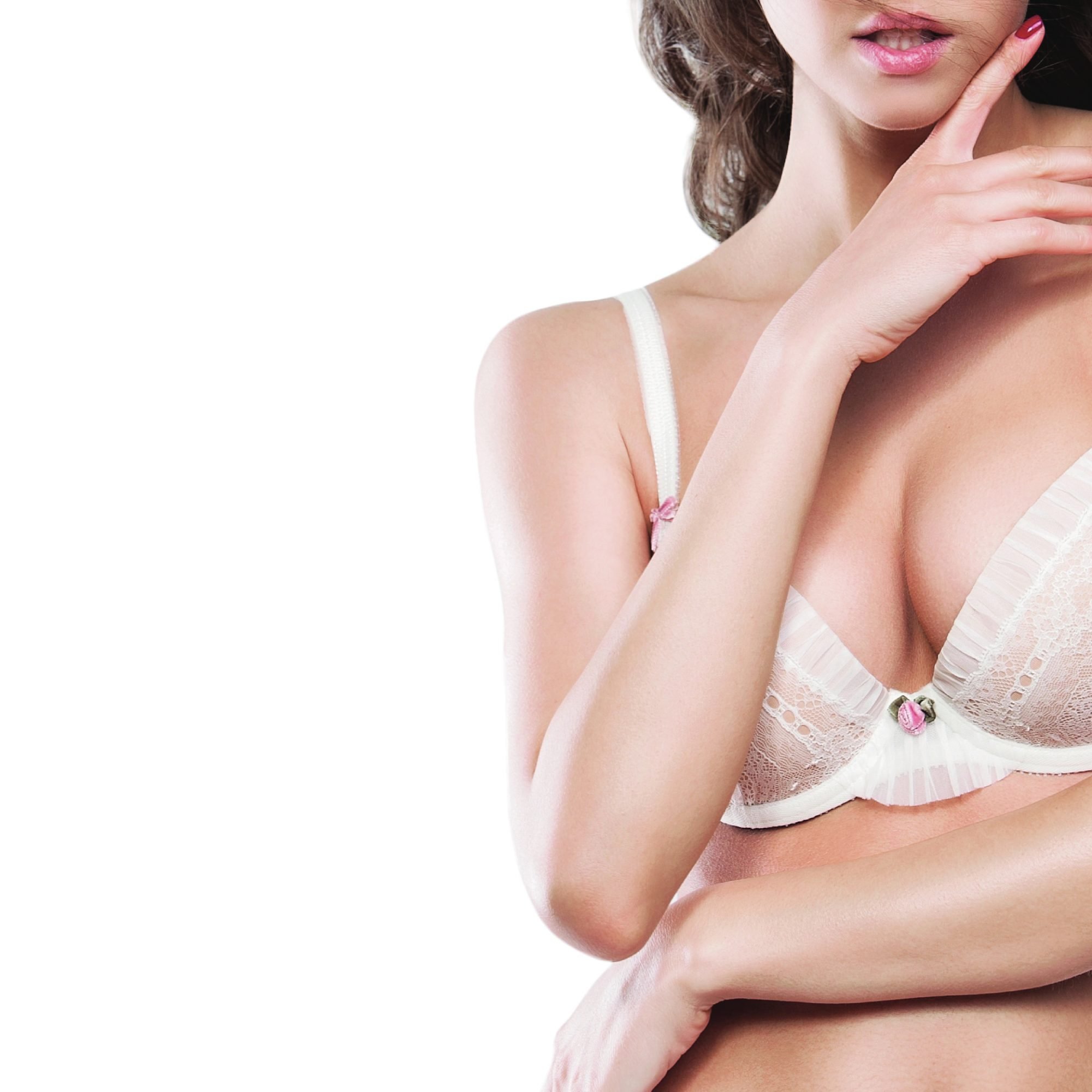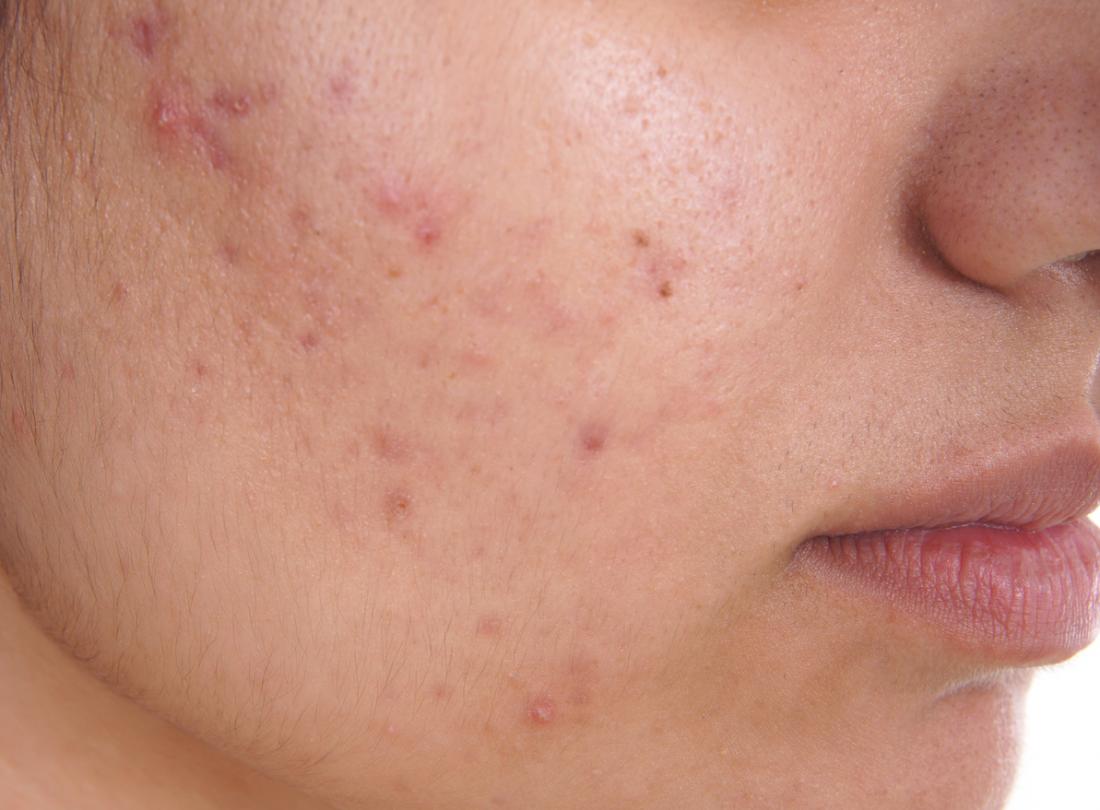Lip Flip Treatment, No Dermal Filler Required!
A lip flip can make your lips look fuller without the need for surgery or dermal filler. Strategically placed injections of muscle relaxant cause the upper lip to “flip” upwards and outwards to appear fuller without adding any new volume.
Treating the Lips
The lip flip is a minimally invasive treatment that subtly changes the shape and projection of the lips, so they appear plumper and more defined. Your practitioner will use anti-wrinkle injections to target the edges of your lips and the corners of the mouth. The injections relax the muscles around the mouth so that the lips “flip” and appear fuller and more youthful.
Who Is Suitable To Have This Treatment?
This treatment is suitable for men and women in good health wanting to achieve fuller and more defined lips without surgery or dermal fillers. It’s a good treatment option for people who wish to reduce a “gummy smile” and those who feel their top lip rises higher than normal when they smile.
What to Expect
A lip flip treatment can create the appearance of plumper and fuller lips through injections of muscle relaxants. It’s a minimally invasive procedure that doesn’t involve any painful side effects or extended downtime.
Your practitioner will use a thin needle to inject targeted areas of the lips and mouth. As the injections are applied, you may experience a mild pinching sensation. In some cases, a topical anaesthetic will be applied before treatment to minimise any discomfort.
The injections cause the orbicularis oris muscle around the mouth to relax and “flip” the upper lip so it appears fuller and more prominent. The entire lip flip procedure only takes around 20 minutes.
Once the upper lip augmentation is complete, you can immediately return to work and social activities. You can expect to see results within a few days, with the full effects visible around 14 days post-procedure.
What’s the Difference Between a Lip Flip and Lip Fillers?
Lip flips and lip fillers can both enhance the lips for a fuller and more youthful pout. But there are differences in how these cosmetic procedures work and how long they last.
With a lip enhancement using facial fillers, the product is injected into the lips to add volume. Lip fillers make your lips plumper, with the effects lasting for up to 6 months..
With a lip flip, a small amount of muscle relaxant is used to change the shape and projection of the lips. While the lips appear fuller, there is no increase in volume. The effects of a lip flip procedure last for around 1-3 months before a top-up treatment is required.
Your cosmetic doctor may recommend a combination of dermal fillers and a lip flip to help you achieve your desired results.
When Can I See the Results?
You will start to see noticeable results within a few days of your lip flip treatment. Results will continue to improve over the next 10-14 days, with the full effects of treatment visible after 2 weeks.
How Long Does a Lip Flip Last?
Lip flip results are not permanent. You can expect results to last for around 1- 3 months after your lip flip treatment. The effects of the injections will begin to wear off after this time.
Many people choose to maintain their results with an additional lip flip procedure when the effects of the initial treatment session begin to fade.
Does a Lip Flip Hurt?
Lip flip is a minimally invasive treatment and is generally painless. However, if you have low pain tolerance, your practitioner may apply a topical anaesthetic to minimise any discomfort during the lip flip treatment session.
Can I Get a Lip Flip and Lip Fillers?
Yes, you can get both a lip flip and lip fillers. The combination of these cosmetic procedures can provide a more dramatic lip augmentation. The lip flip can change the shape of your lips to make them appear more prominent, while the lip filler can add volume for fuller-looking lips.
Your clinician may recommend a combination of a lip flip and lip filler to help you achieve your aesthetic goals.
Is There Any Downtime?
It’s common to experience mild bruising and swelling for the first 12-24 hours after a lip flip procedure. Sometimes, these side effects can last for a few days post-procedure.
If you want a lip enhancement for a special occasion, we recommend booking your lip flip treatment around 2 weeks before the event. This will leave enough time for the treatment to take full effect and for any side effects to subside.
Can I Eat or Drink After Getting a Lip Flip?
You can eat and drink after a lip flip. But it’s important to avoid hot beverages and foods that can irritate your lips. It’s also a good idea to avoid messy foods that could cause you to wipe or apply pressure to your lips for the first few days post-treatment.
Your practitioner will also recommend that you avoid using drinking straws for 72 hours as puckering your lips could disturb the muscle relaxant and cause it to migrate.
How Do I Prepare for a Lip Flip?
There is very little preparation required for a lip flip.
For 48 hours before the cosmetic procedure, you should avoid alcohol consumption and smoking to minimise the risk of side effects and speed up the healing process.
It’s also important to stop taking any blood-thinning medication, including aspirin. These medications can increase the risk of bruising and swelling post-treatment.
You should tell your practitioner about any medications and supplements you take during your initial consultation at b clinic. The consultation is also an opportunity for you to ask any questions you have about lip flips.
What To Expect After a Lip Flip?
Following a lip flip procedure, you may experience mild swelling and bruising around the injection sites. These side effects are temporary and should subside within 72 hours.
Your practitioner will provide aftercare instructions to help you manage any side effects and ensure optimal treatment results. This can include avoiding strenuous exercise for 48 hours, not wearing makeup for 24 hours, and avoiding saunas, hot showers, and sun exposure for around 1 week.
Possible Risks and Complications
Lip flips are a minimally invasive treatment considered very safe and low risk. The most common side effects are mild bruising and swelling around the injection sites for the first 48 hours post-procedure.
There is a risk of more severe complications if an inexperienced or untrained practitioner performs the procedure. If too much muscle relaxant is injected, it can result in the inability to form certain words and difficulty whistling or closing the mouth. These side effects will subside as the muscle relaxant wears off.
As with all injections, there is a small risk of infection. In rare cases, muscle relaxant injections can cause headaches and fever. If you experience these symptoms or have difficulty breathing or blurred vision, you should contact a trained medical professional immediately.
How Much Does a Lip Flip Treatment Cost?
The cost of a lip flip depends on several factors, including your desired treatment outcomes. Generally, a lip flip is more affordable than dermal fillers. To find out if you are a good candidate for a lip flip and receive a cost estimate, schedule a complimentary consultation at b clinic.










